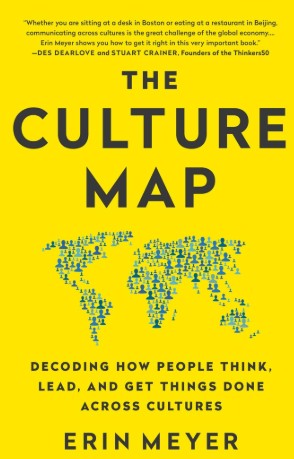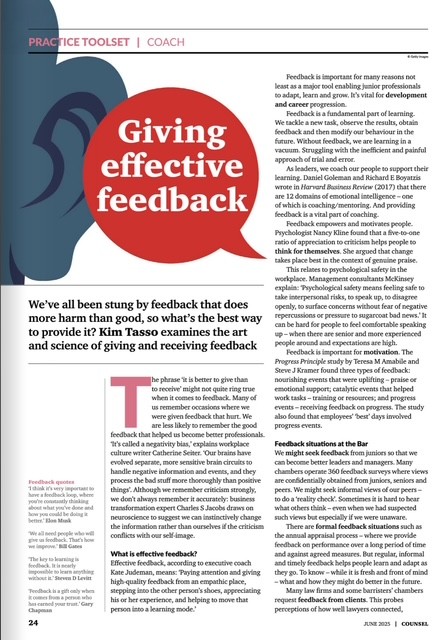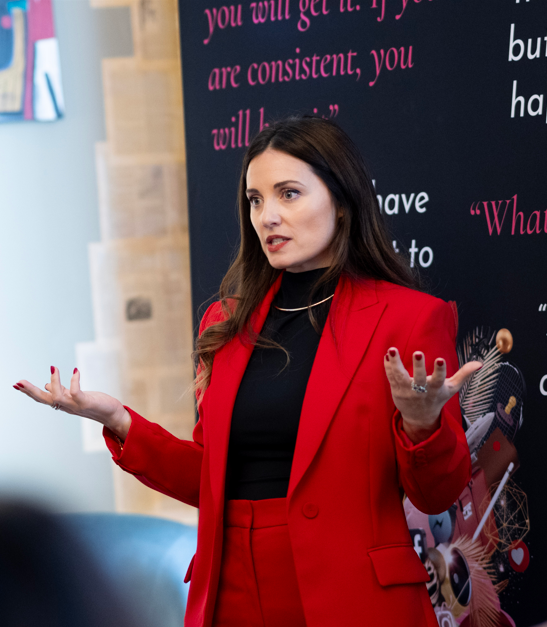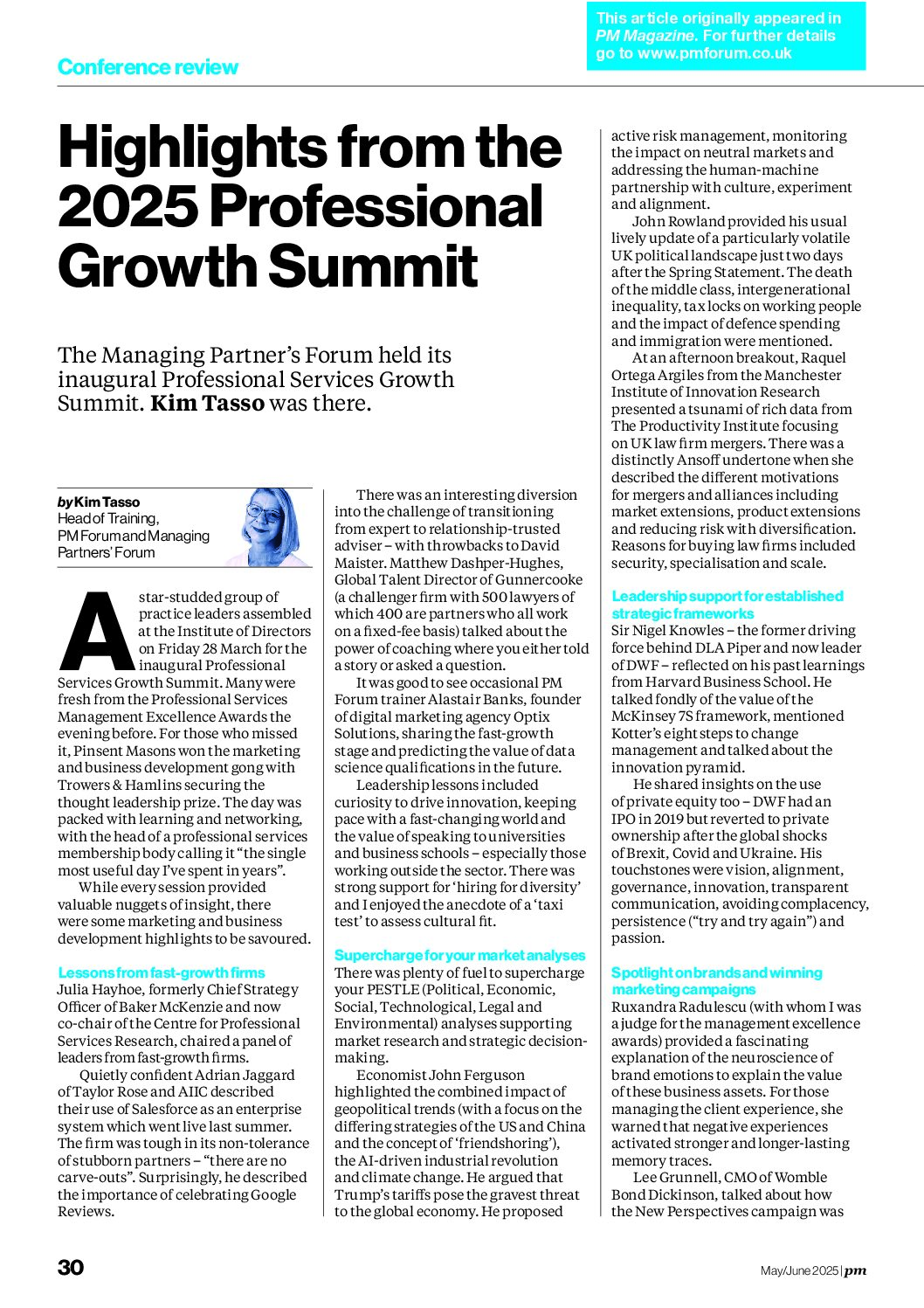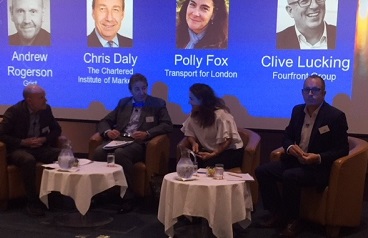
The 22nd Annual Professional Marketing Conference http://www.pmforum.co.uk/conference.aspx in September 2017 ended with the usual client panel. Chaired by Andrew Rogerson – the founder and MD of Grist (a leading content and thought leadership agency) the panellist included:
- Chris Daly, Chief executive of the Chartered Institute of Marketing (CIM)
- Polly Fox, Principal Solicitor of Disputes, Transport for London (TfL)
- Clive Lucking, Chief Executive and Founder of £160m workplace design company FourFront Group
Discussions focused on pitching, client relationship management and the role of technology in marketing.
Q: What are your views on how professional firms pitch?
CD: In a pitch you need to differentiate and explain why you are better than the competition. The pitching process is essentially about understanding the client needs and as marketing is the voice of the customer it must be an integral part. Use the pitch to interrogate the client and their needs – it’s not a selling session, it’s a relationship session. A firm of solicitors recently pitched to a pension fund trustee but hadn’t rehearsed. You have to show both pride and passion in a pitch.
PF: The start is like a 60 second interview. It’s surprising how few people pitching have properly researched the company. The marketing team must fulfil this research role and it isn’t difficult as all TfL documents are in the public domain.
CL: Rapport is important. I am amazed that the basics on pitches from lawyers and accountants are ignored – I have come to expect a flat, dull presentation with a bit of PowerPoint. You have to know who you are presenting to – the individuals. And be creative with the visual aids – use props to engage people. For example, recently rather than providing a 12 week project chart we produced a 3D model with a walk-through showing how things would look at the end of each week to make things come alive.
Q: What is the one thing that a professional service firm must do in a pitch?
CD: Understand the specific needs of the client and explain why you are in the room
PF: Demonstrate your credibility and capacity and at what price
CL: It’s a given that all those pitching will meet the criteria – so you need to answer the question “Can I work with these people? Do I like and trust them?”
Q: What about the impact of technology on pitching and marketing?
CL: Technical professional services can be a dull subject to present – with dry and static information. But look at what they do with General Election coverage when there are no results – they use bar charts and diagrams and projections to make things come alive. There is greater use of virtual reality and Google glasses for things like property and land development.
Technology can be used to automate aspects of the customer journey – putting dates in diaries, scheduling phone calls and visits. Technology can be used to maintain the relationship with clients. Senior people at the top of the business need to meet with younger people who have ideas – so aim to have lunch once a month with someone half your age. Technology isn’t being used intelligently by professional service firms at present – it’s scattergun. Technology should support people and not over-run the process.
PF: Everyone has switched off from PowerPoint. Lawyers and accountants come across as staid and old fashioned. How can you differentiate? You could visualise the problems in construction to anticipate disputes. A movie presentation would show where things are working.
I expect to receive an email every six months asking if I want to continue receiving information. But not all firms provide an option to opt out. Seminars need to be tailored to client interests and I would like firms to know which of my staff have signed up to events and who should be encouraged to attend.
CD: There’s a natural reluctance as technology investment costs are high. Clients want professional services to be clean, transparent and immediate. You have to show progress and status on work right now – in real time. Web sites need to be more mobile and measure success.
We need to think about what it feels to be on the receiving end of marketing automation. Automated and unsolicited communications are extremely annoying and will be illegal after May 2018. Analyse your data and use it to strengthen relationships with clients.
Q: What’s your reaction to Key Account Management and being seen as a strategic partner with your advisors?
PF: When I first graduated I worked in private practice. I used to cut out articles about clients and prompt the partner to call them. I monitored their interests and used a personal touch to send on information. PWC trained juniors to befriend their peers in the in-house team and they provide a budget so that they can have sandwiches and coffee together. It can be two to three years between disputes so you need to stay in touch. Once you are on a panel you need to make sure you do the marketing and relationship development. You need to align with the client team and ensure that your approach fits with the business model of the client. For us, we want advisers to align with our billing cycle. It’s marketing’s job to help the lawyers understand our personalities and help with matching people. In the public sector we can’t accept things like tickets to football matches. A few of the firms identify events such as soft skills training sessions that benefit everyone with subsequent networking.
CL: We felt that the big Four accountants were the same – and dinner in a mahogany dining room didn’t work for me. Grant Thornton, being slightly smaller, was better – we saw the partner and got on well. They maintain the relationship with their material on the “Vibrant Economy” which resonated with us. We’ve attended their thought leadership events where Harvey Goldsmith has presented – It was enthralling. There was also a presentation by a World Cup football referee where in one second he had to make a £100m decision through relying on his linesman. They’ve had talks from other inspirational figures such as Joanna Lumley. Grant Thornton knew our business – they stimulated conversation amongst the leadership team about succession – to avoid a void in the business They felt they could talk to us and they were welcomed in to help us develop a shared view.
CD: SMEs outside London need to know about the story and clarity of purpose. At CIM we have a history of working with the bigger firms for audit. But we’re quirky and continually review our strategic partnerships.
Q: Are marketing listening hard enough to clients?
CD: Marketing needs to be better at marketing itself! The focus must shift from being the Chief Marketing Officer (CMO) to being the Chief Client Officer (CCO). Customers are critical to any business and marketing must justify the return on investment (ROI).
PF: We use barristers’ chambers and they always want to know how to get more work from us. We were invited out for a sandwich with a barrister and a clerk. It was awkward as they just asked us how to get more work. It was a cold pub with a soggy sandwich. A law firm partner gave us a grilling over coffee about why we gave other firms more work – it felt like a personal attack. The marketing team could have done some research and helped these people avoid putting us on a hot spot for more work.
CL: No one argues with a CFO but everyone is a marketing expert! I have sympathy with marketers but they really need to know the client and do some lateral thinking.
Q: Is your relationship with the individual or the firm?
CD: The individual represents the firm. People like people. You have to judge each case as it comes.
CL: It really depends. If it’s an employment issue we moved with the specialist when they changed firms. For general business advice the personality helps but for mundane work the firm is fine.
PF: Personally I will follow the person. But the panel requires us to retain firms – so make sure we have met more of your people.


